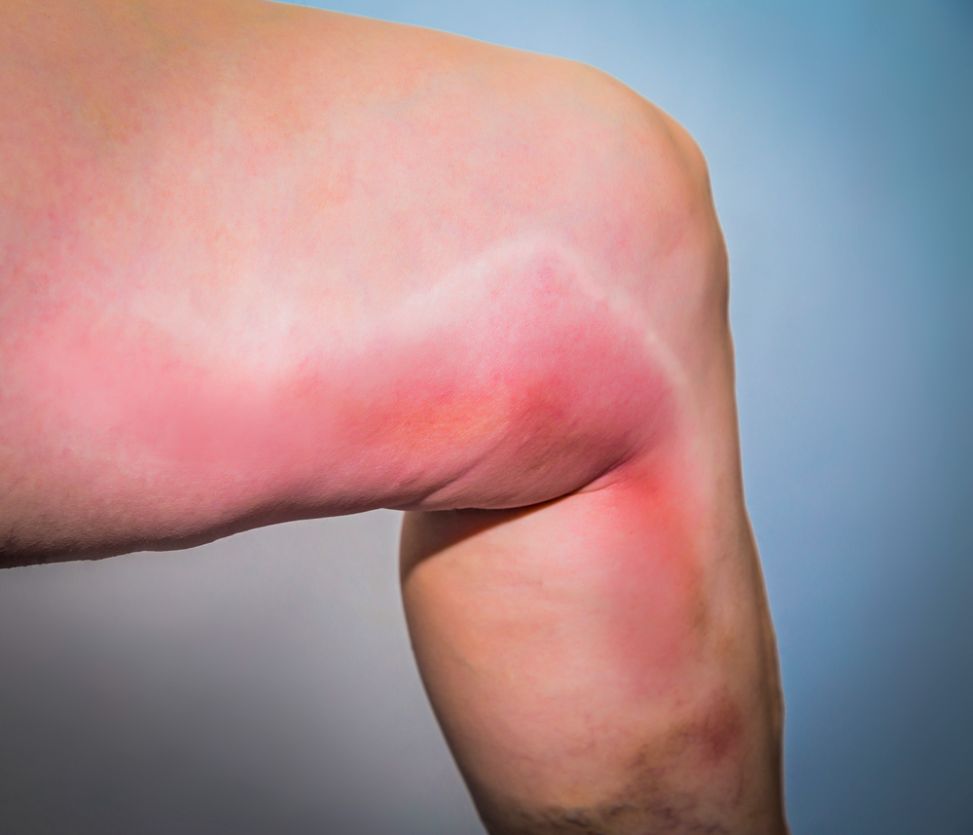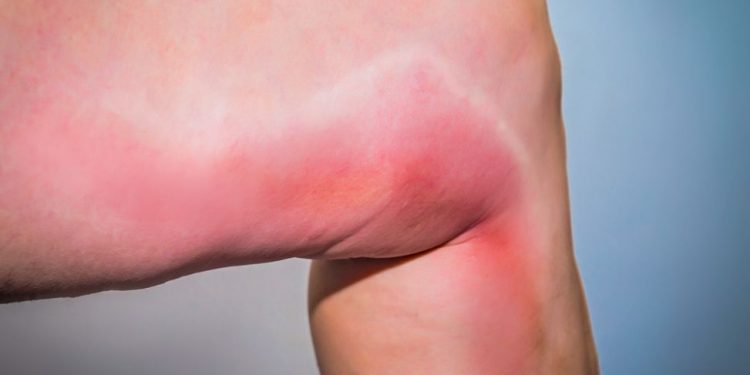Phlebitis symptoms are usually not serious and will often go away on their own after a few weeks. But if your symptoms do not improve or worsen, you should see your doctor as soon as possible.
Causes and Prevention
Blood clots are the most common cause of phlebitis, but other factors can also lead to it. Excessive straining of the veins, such as in people with varicose veins, can also lead to phlebitis. In addition, trauma to a vein can also cause it.
A blood clot can form and block a vein near the surface of the skin (superficial thrombophlebitis) or deep within a muscle (deep vein thrombosis, or DVT). These conditions are usually treated with medications that thin the blood and help prevent clots from forming.
Superficial thrombophlebitis and DVT can be dangerous if you don’t get them treated right away. This is because the clots may spread, increasing your risk of developing more severe complications, such as pulmonary embolism, or getting a blood clot in another part of your body.
You can avoid phlebitis and other forms of clotting problems by staying active. This can include regular exercise, such as swimming, jogging, dancing and walking. It also means avoiding long periods of sitting, such as on airplanes, trains and car rides.
Taking anticoagulants can also help to prevent blood clots from forming in your legs. But these drugs can also affect other parts of your body, so you should talk to your doctor about any changes in your health.

A clot can form in any of your veins, but it’s most likely to occur in your leg veins. The main thing to do is make sure your legs are not swollen or tight, and keep them elevated above heart level.
Your doctor might recommend wearing compression stockings and moving around to stimulate the flow of blood through your veins. They can also check your veins to see if you have any signs of a blood clot, such as a hard, lumpy or swelling area.
You might also be asked to do some calf exercises to help move blood through your veins and prevent stasis, which can lead to phlebitis. You might also need to take special precautions if you are immobile for a long time, such as in hospital or on an overnight flight.
The most common symptoms of superficial phlebitis are pain, tenderness, redness and a bulging or engorged vein. These symptoms tend to be worse in the lower legs as they are farther from your heart and harder for the blood to circulate.
Some people with phlebitis have an underlying condition called venous reflux, which occurs when the valves in your leg veins fail to work correctly. This can cause blood to pool in your leg veins and increase your risk of developing more superficial phlebitis.
If a blood clot is suspected, your doctor might do a scan of your leg veins using a D-dimer or ultrasound. This will show whether there are blood clots in your leg veins, which will make it easier for your doctor to treat you and prevent any future complications.









